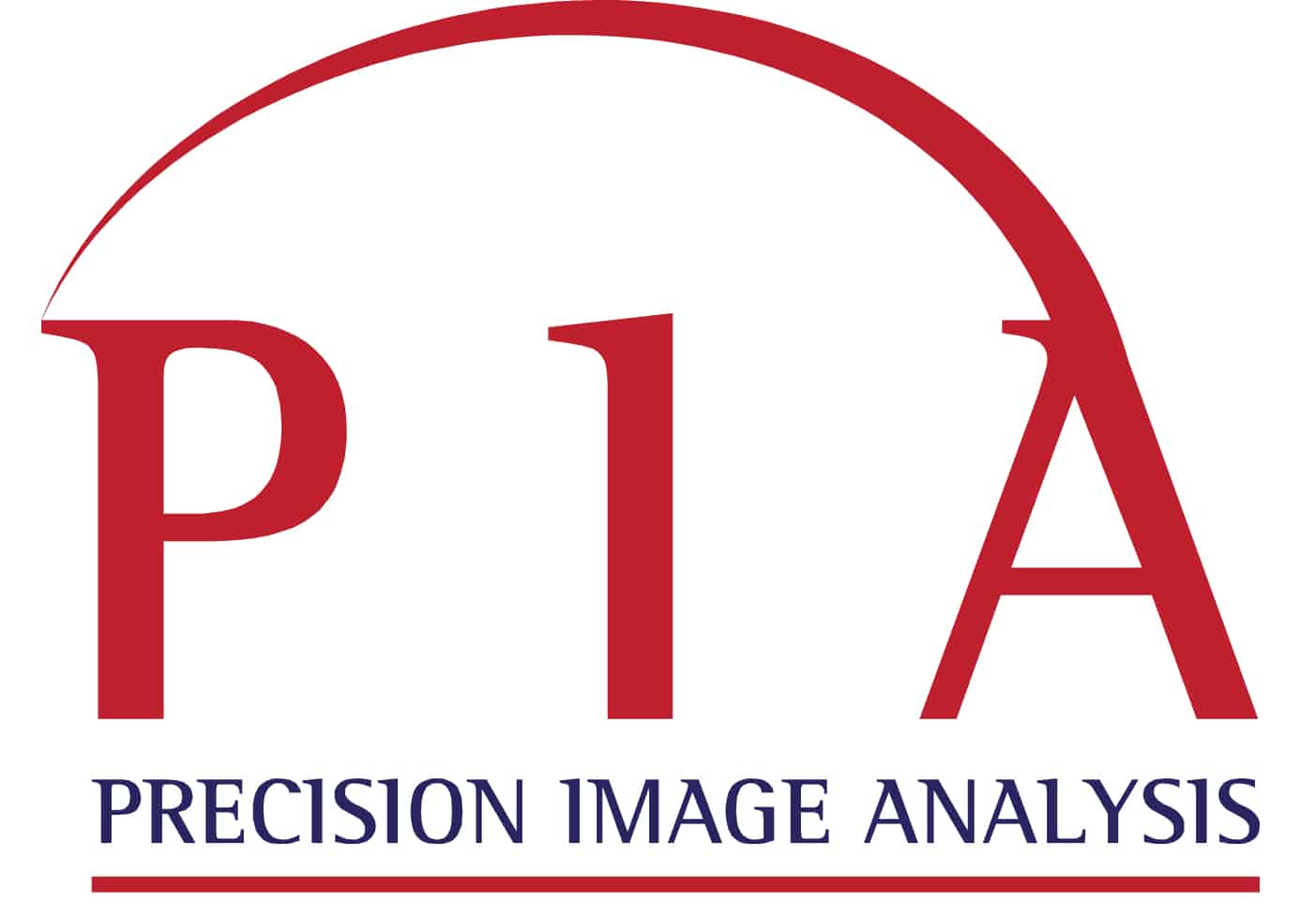|
Intermittent Fasting Long Term? | Abbott’s Next-Gen Device Approval
January 23, 2023
|
|
|

|
|
Together with
|

|
|
|
“For cholesterol lowering, the maths are clear cut. We need to use combination therapies.”
|
|
Kausik Ray, MD.
|
|
|
Cardiovascular Disease Solutions
|
|
|
|

|
|
We hear a lot about the benefits of intermittent fasting, but a six-year study in JAHA revealed that timing from the first meal to the last meal might not affect weight loss. Instead, the number and size of meals may be the more important factor.
Although intermittent fasting has become a popular weight-loss strategy, rigorously designed studies have yet to determine whether restricting the eating window can effectively control body weight in the long run.
For the study, the research team created a mobile app for 550 participants to catalog daily habits in real-time. Participants were regularly prompted to use the app during the first month and again during “power weeks”—one week per month for the six-month intervention period.
After six years, the authors found:
- Meal timing was not associated with weight change.
- This includes the interval from first to last meal, from waking to eating a first meal, from eating the last meal to going to sleep, and total sleep duration.
- Instead, the daily number of large (over 1k calories) and medium (500-1k calories) meals were each tied to increased weight.
- Fewer small meals (under 500 calories) was tied to decreased weight.
The Takeaway
There has been much debate about the weight benefits of intermittent fasting. Does the timing of when one consumes their meals really matter, or is it merely the fact that eating within a tighter window encourages reduced caloric intake? This study appears to provide evidence that it is more about eating smaller and fewer meals that benefits people, rather than when exactly those meals are eaten.
|




|
|
Making the Leap to Outsource Post-Processing
Interested in how to outsource cardiac image post-processing, but not sure where to start? PIA walks you through how to assess and compare vendors, understand pricing models and payment options, and outline your requirements to identify vendors who meet your clinical needs.
|
|
The HeartFlow Story
Shifting the standard of care is a monumental undertaking, and yet physicians across the globe are embracing HeartFlow’s FFRct Analysis. Hear from the co-founder how HeartFlow got its start, and why physicians love it.
|
|
- Abbott’s Next-Gen TAVI Device Approval: Abbott has just received FDA approval for Navitor, its newest TAVI valve, for use in people with severe aortic stenosis. Navitor features Abbott’s FlexNav catheter-based delivery system for threading and positioning the implant, as well as a unique “NaviSeal” fabric cuff that prevents blood from leaking around the edges. Additionally, the upgraded device can be recaptured and repositioned until it is fully deployed and does not block access to the coronary arteries. This is the second Abbott TAVI valve to receive US approval.
- Simulation-Based Training Achievement: Teaching transesophageal echocardiography (TEE) with the help of simulation improved knowledge, skills, and self-assessed proficiency among cardiology fellows. This multicenter randomized trial (n=324) found that fellows who trained with the simulation displayed higher theoretical test knowledge scores (47.2% vs. 38.3%), higher practical test scores (74.5% vs. 59%), performed TEEs more quickly (8.3 mins vs. 9.4 mins), and achieved better self-assessments than those in the traditional training group.
- Torsemide vs. Furosemide in HF: The randomized TRANSFORM-HF trial (n=2.6k) revealed that patients hospitalized for heart failure experienced the same rate of all-cause death after 17 months regardless of whether they took furosemide or torsemide (26.2% vs. 26.1%). Results were consistent across those with reduced, mildly reduced, or preserved ejection fraction. However, the authors caution that participant non-adherence, participant crossover, and loss-to-follow-up could have impacted the accuracy of the findings.
- Renibus’ Promising Phase 2 Data: Renibus announced “positive” Phase 2 trial data for its leading therapeutic candidate RBT-1, supporting the drug’s potential to improve postoperative outcomes in cardiothoracic surgery patients. Patients treated with RBT-1 showed reduced ventilator time, fewer days in the ICU, and lower hospital readmission rates, as well as improvements in anti-inflammatory and antioxidant biomarkers. The candidate also showed a “generally well-tolerated safety profile.”
- PCSK9i for COVID: Preliminary findings suggest that a single injection of the PCSK9 inhibitor evolocumab (Repatha; Amgen) may improve short-term outcomes in patients with severe COVID. Compared with placebo, the evolocumab group showed a greater decrease in interleukin-6 levels (56% vs. 21%) and a lower 30-day death or intubation rate (23.3% vs. 53.3%). The authors emphasize that the study is only hypothesis-generating, and “should not be used as evidence for initiating PCSK9 inhibition in isolation.”
- National Health Spending Growth: A CMS report outlined how national health spending grew to $4.3T in 2021, up by nearly 3% year-over-year. That represented a major slowdown from the 10% growth seen in 2020, due primarily to a large increase in healthcare utilization being offset by less government spending on COVID. Federal health expenditures vaulted up 37% in 2020 as the pandemic swept across the nation, then fell by 3.5% in 2021.
- CCTA’s Chest Pain Impact: The UK’s 2016 decision to recommend coronary CTA for chest pain significantly increased the country’s CCTA rates and likely improved outcomes. Analysis of 2012-2018 data (1.9M CAD investigations) showed that CCTA volumes grew by 15.7% per year after 2016 (to 85 exams per 100k patients), which was associated with reductions in myocardial infarction hospitalizations, and lower cardiovascular and ischemic heart disease mortality (Kendall Tau: −0.21; −0.22). The guidelines also modestly reduced invasive coronary angiography (Kendall Tau: −0.19).
- Pie Launches CAAS Qardia 2.0: Pie Medical Imaging announced its CAAS Qardia 2.0 echocardiography software, which adds the ability to synchronize stress echo images and right ventricular strain analysis. The web-based CAAS Qardia solution leverages AI workflows to perform key echo measurements, and provides quality control feedback to reduce echo image foreshortening.
- Primary Aldosteronism PET/CT: Primary aldosteronism (PA) is a common cause of hypertension and it can be cured or improved with adrenal surgery, but less than 1% of PA patients receive treatment because they have to undergo invasive adrenal vein sampling (AVS) to be diagnosed. A new Nature study of 143 PA patients suggests that 11C-MTO-PET/CT imaging might change that, finding that the non-invasive exam predicted biochemical and clinical treatment success with greater accuracy than AVS (72.7% vs. 63.6%; 65.4% vs. 61.5%).
- Hospital Outlook “Deteriorating”: Fitch Ratings gave the nonprofit hospital sector a “deteriorating” outlook due to its diminishing financial reserves relative to its business risk. The sector was originally downgraded from “neutral” last August as inflationary pressures compounded climbing labor and supply costs. While Fitch warned that these factors are raising questions about the liquidity of many health systems, it also noted some signs that “we are beginning to come out of the worst of it.”
- Mitral Valve Repair Risk Model: A new study in JACC describes a novel risk model that estimates mortality and complication risks surrounding mitral valve repair procedures. The model looked at data from over 50k patients and confirmed that the 30-day risk of death was incredibly low for the vast majority of patients–less than 1%. The model showed “excellent” discrimination (AUC: 0.81) and calibration.
|
|
Cardiovascular Structured Reporting Adoption Benefits
Check out this Change Healthcare report detailing the benefits of cardiovascular structured reporting, and how to drive structured reporting adoption in your own organization.
|
|
Us2.ai Automates the Fight Against Heart Disease
See how Us2.ai cuts echocardiography’s manual work, subjectivity, and turnaround times to automate the fight against heart disease.
|
|
|
Share Cardiac Wire
|
|
Spread the news & help us grow ⚡
|
|
Refer colleagues with your unique link and earn rewards.
|
![]()
|
|
|
|
Or copy and share your custom referral link: *|SHAREURL|*
|
|
You currently have *|REFERRALS|* referrals.
|
|
|
|
|